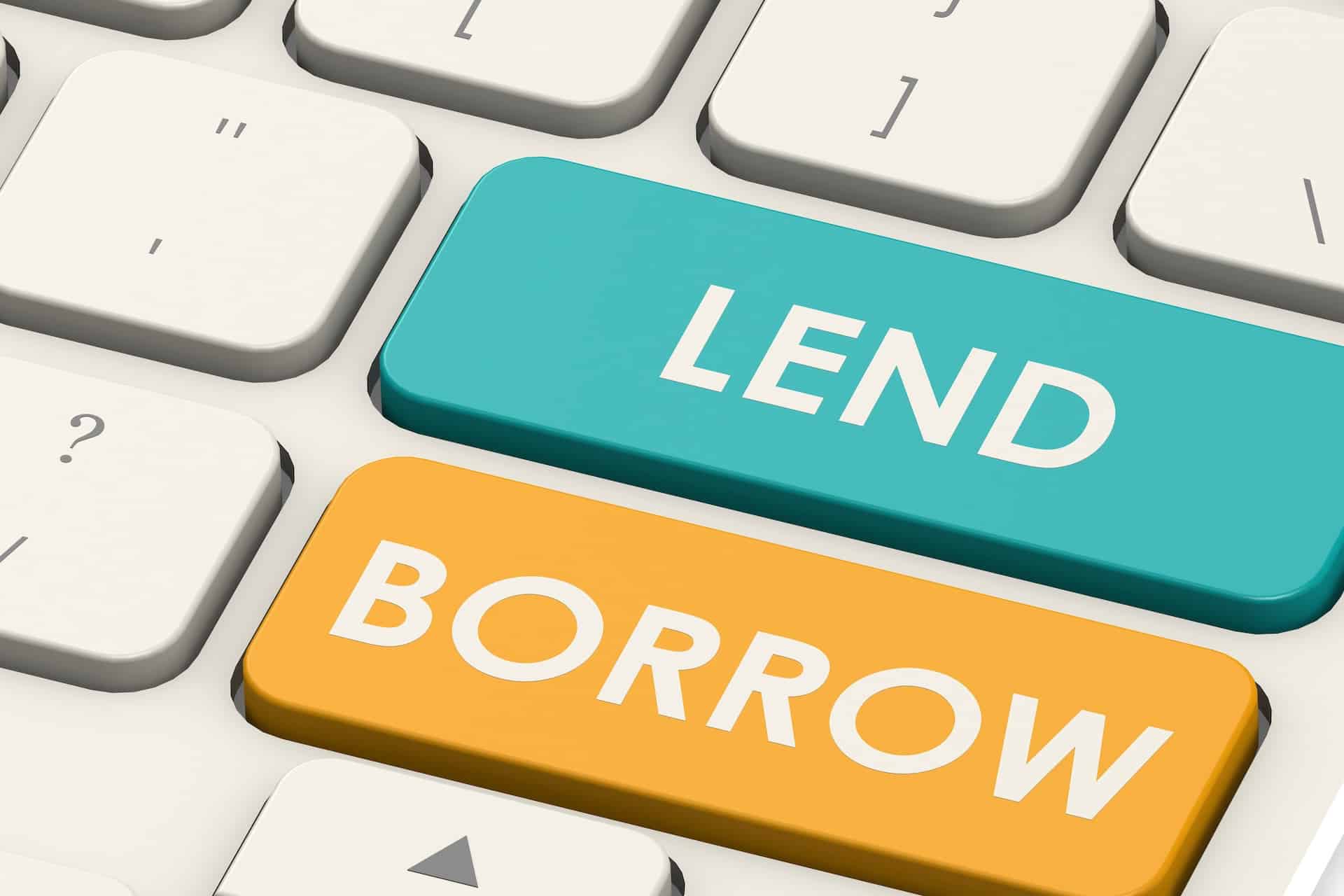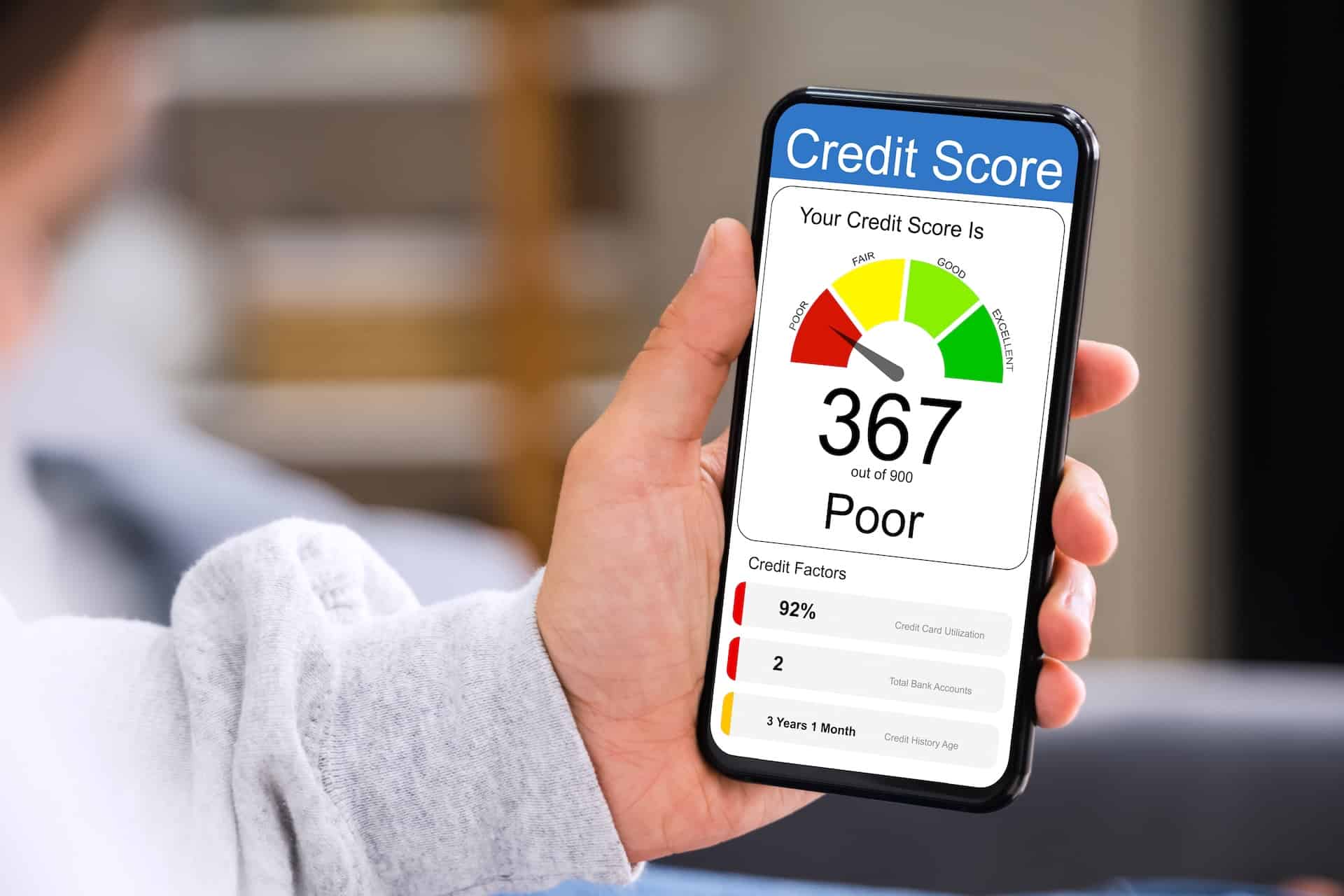Credit Sesame discusses the different motivations around consumers obtaining credit and lenders extending credit.
Two detailed government reports were released in early February 2024. Each gives a different perspective on consumer debt. The gist is that borrowers and lenders may be on a collision course, and it’s not likely to end well for borrowers.
- The Federal Reserve Bank of New York released its Quarterly Report on Household Debt and Credit. This shows that consumer debt continues to grow. What’s remarkable is the indiscriminate way people seem to be taking on more debt.
- The Federal Reserve released its January 2024 Senior Loan Officer Opinion Survey on Bank Lending Practices. The latest data suggests that lenders have taken note of consumer borrowing behavior and are concerned about the risk it represents.
In essence, borrowers want to borrow more, while lenders want to lend less.
Consumer appetite for obtaining credit continues to grow
American consumer debt has now grown for eleven straight years. Borrowers seem unfazed by higher interest rates. Credit card interest rates, for example, have risen by nearly 7% since mid-2020. In theory, higher interest rates should be a disincentive to borrow. However, the last two years are the only two years on record in which credit card debt has grown at a double-digit percentage pace.
Credit card debt is considerably more expensive than other forms of consumer debt. For example, the average rate charged on credit card balances is currently about 10% higher than the average personal loan rate. It’s about 14% higher than the typical auto loan rate. Despite the greater cost, credit card debt is growing much faster than other forms of debt. Last year, overall consumer debt grew by 3.57%, while credit card debt grew by 14.5%.
Subprime credit card debt is rising especially quickly. Credit card debt is even more expensive for borrowers with poor credit scores, with much higher interest rates than credit cards for good credit customers. However, those higher-paying customers with poor credit are borrowing more. According to Transunion, subprime borrowers had the largest growth in credit card balances last year. These borrowers now owe 32% more than they did a year ago.
Lender appetite for risk decreases
According to the New York Fed’s Household Debt and Credit Report, the percentage of balances becoming seriously delinquent has risen for eight straight quarters. As the percentage of late payments rises, the risk of lending money increases. To protect themselves, lenders are tightening lending standards.
According to the Fed’s survey of loan officers, those stricter requirements for borrowers take a few different forms. Loan officers are reducing credit limits and requiring higher credit scores. They are also widening credit spreads, which means charging higher interest rates – especially for customers with lower credit scores.
The outcome for borrowers
Taken together, these recent pictures of consumer and lender behavior add up to an ominous outlook for borrowers. Fast-rising debt balances show that consumers are not ready to end their borrowing binge. Too bad, say the lenders. Ready or not, stricter lending standards will make it harder and more expensive for consumers to borrow at their current pace. This will be a shock for some borrowers who’ve come to depend on uninterrupted access to credit.
What can borrowers do?
Households would do better to rein in borrowing than have lenders cut them off. To prepare for tougher lending standards in 2024, consumers should take the following steps:
- Create a budget that doesn’t rely on obtaining credit (or more credit)
- Make extra payments to drive down loan balances
- When you have to borrow, look for the most cost-effective loan or credit card options
- Try to refinance high-interest debt into cheaper forms of credit, like personal loans, home equity loans, or balance transfer credit cards
- Learn how to improve your credit score so you can qualify for better credit terms
As recent reports show, consumers and borrowers are moving in different directions. Consumers need to understand that lenders will have the last word on their access to credit.
If you enjoyed Obtaining credit vs. lending credit you may like,
- 2024 credit conditions worsening for consumers
- The high cost of having a bad credit score
- Get your free credit score
Disclaimer: The article and information provided here is for informational purposes only and is not intended as a substitute for professional advice.




















